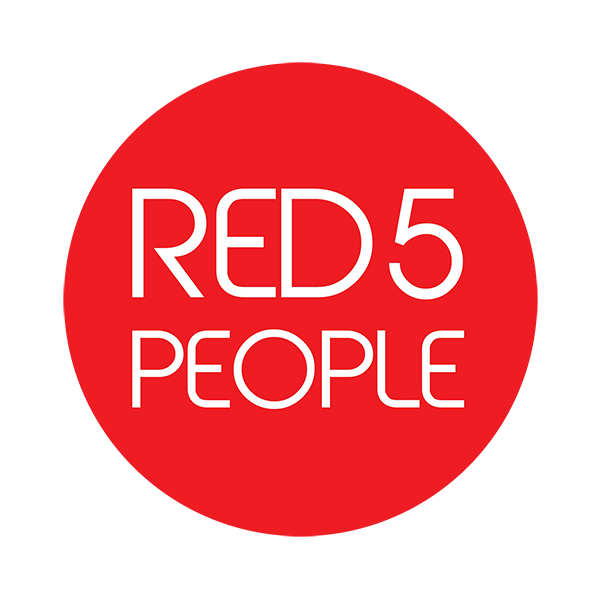Time to implement that W2W contract? Plate juggle or Gannt Chart?
The National Career’s Service contract award notices were published last week and hearty congratulations to the winners. Some of these area-based contracts were awarded to the incumbent, which makes for a simpler contract implementation, whereas others were new organisations. Whilst the 1st October may sound some way off, it is in fact 64 working days (from the date of writing) until full contract implementation.
Today, the Gannt chart is the most commonly used project management tool to ensure that everything is in place for contracts to commence on time and to budget. This chart, which breaks down the workstreams into tasks and plots the interdependencies of each onto a visual chart, is named after Henry Gannt. An American mechanical engineer and management consultant, his approach was considered revolutionary in the early 1900’s. However, if a change was required, the whole chart had to be re-drawn or a section carefully lifted out with a razorblade and replaced with a new section carefully glued into position. Project Managers should indeed be thankful for the simplification of cut and paste.
Whatever the size or shape of the contract or the length of the implementation period, the same key principles apply:
Update the plan: The plan submitted may have changed between bid deadline and contract award. This may be because of delays to award, changes agreed at the contract negotiation or open dialogue stages, or simply because more detail is needed to operationalise.
A single project manager: Invest in a project manager/director to lead implementation, someone experienced in mobilisation and dedicated to the role. The person needs to be a respected problem solver, hold the workstream owners to account and be empowered to make decisions.
Workstream owners: An owner should be appointed to each workstream and responsible for the delivery of that workstream reporting to the project manager/director. Workstreams include areas such as, legal and contracting, human resources and TUPE, management information, data security, finance, marketing, staff training, sub-contractor management, learning resources, premises and infrastructure.
Review progress: Just like customers and learners, the plan needs to be visited regularly to ensure that progress is being made and mitigating actions put into place where there is slippage against the plan. Good project managers will diligently maintain a risk register to ensure that all issues are recorded, and additional changes and actions executed. Controlling the little things and understanding how each action is interdependent to the bigger picture is crucial to the avoid the ‘snowballing’ effect later. How to undertake reviews and how often is always a hot topic. Body language experts might question the effectiveness of holding people in long face to face meetings and indeterminate Skype calls may not be the most productive approach. The best project managers are those who manage progress by workstream on a daily basis, bring together working groups to solve problems and communicate at set points with the whole team to update on progress. This creates motivated people working together on plan, on time and to budget.

